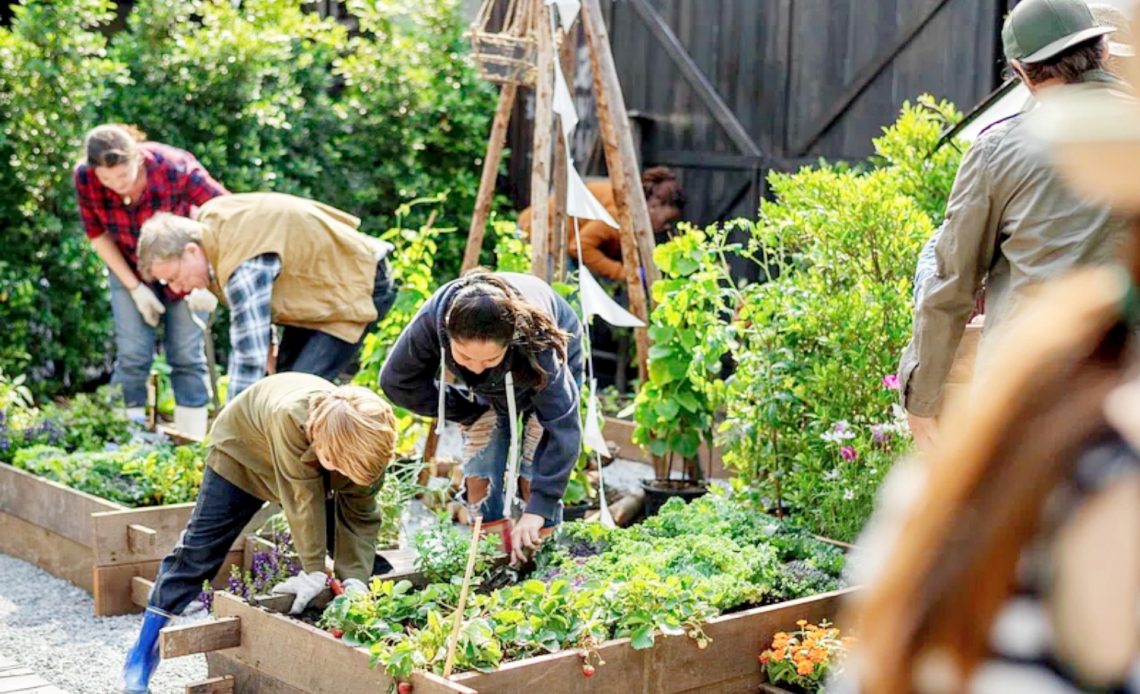

We’re here to help! Wild Yards is a completely free website that is 100% dedicated to helping you create a wildlife-friendly, sustainable yard. Read more
WildYards is reader-supported. When you buy a product through a link on our site, we may earn a comission. Every product is independently selected by our (obsessive) editors and our reviews are unbiased and objective. Read more about our mission or our privacy policy.
Green thumbs aren’t born, they’re made. You may think it takes natural ability to be a good gardener, but you can develop your skills on your own. Organic gardening may seem over-complicated. But, actually, it takes a lot of the guesswork out of caring for your plants. We’ve had many gardens over the years and used dozens of different strategies. Organic gardening practices are the most common sense by far and often yield the best results.
Simple organic gardening tactics like companion planting and crop rotation will help you get the most out of your garden’s space. Harvesting rainwater, growing in raised beds, and working with nature, rather than against it, will also cut down on time and labor.
12 Organic gardening strategies to make your life easier
New to organic gardening? The prospect of starting an organic garden can be overwhelming but don’t worry. You’ll soon get into the swing of things with the help of these 12 organic gardening tips, guaranteed to make your life easier!
Understand your ecoregion and growing zone
The first thing you need to do to garden successfully is identify your growing zone and ecoregion.
Some fruits and vegetables are more tolerant of certain environments than others.
For instance, cool-weather crops, like broccoli and cauliflower, will struggle in the hot, sunny climate of a southern garden in summertime.
Likewise, warm-weather plants like jalapenos, will fail to thrive in cold regions, producing stunted, poor-tasting peppers.
Knowing the average temperature and annual rainfall in your growing region will enable you to choose the right varieties of plants for your garden.
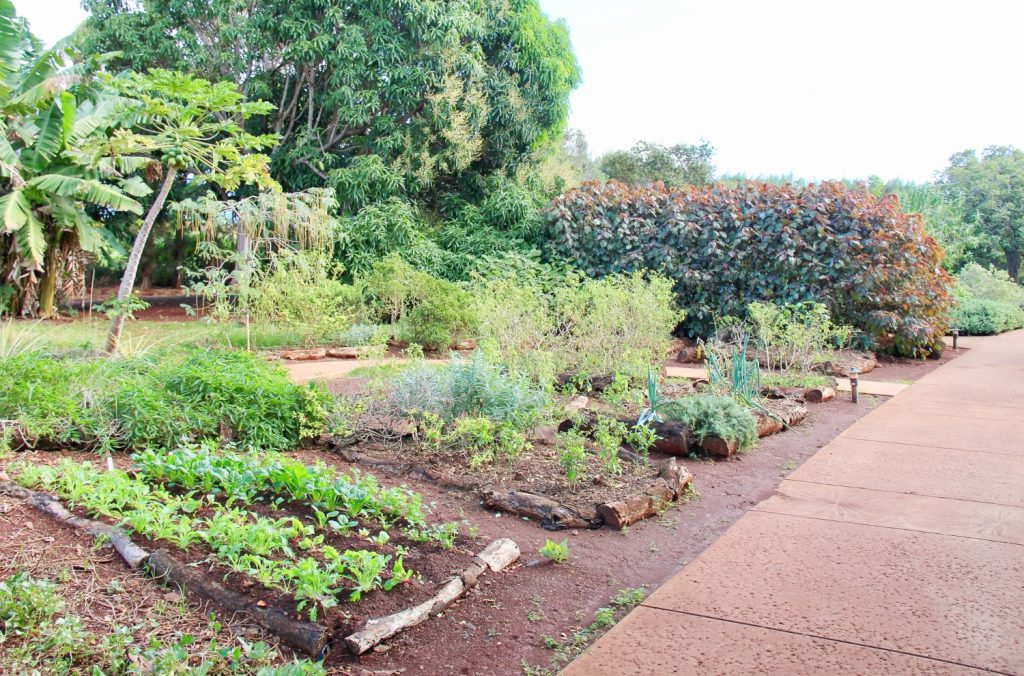
Garden in raised beds
Planting in raised beds makes organic gardening easier.
You can mix your soil recipe directly in the beds, and add fertilizers easily later on. Weeding becomes much simpler because you don’t have to get down on your hands and knees.
Plus, if you ever need to move your garden, all you have to do is pick the beds up and set them down in the new location. Easy peasy.
We recommend galvanized steel garden beds. These types of raised beds have the potential to last for decades if well maintained, so you get more bang for your buck.
Soil matters most
Organic gardening can be a lot cheaper than traditional gardening methods. But if you invest your money in one thing, it should be the soil.
The fruits and vegetables you grow can only be as good as the soil that they grow in. Purchase high-quality topsoil and use the best compost available to create your soil mix.
Once your soil mix is ready, use organic nitrogen-rich, phosphorus-rich, and/or potassium-rich fertilizers to make it more nutritious.
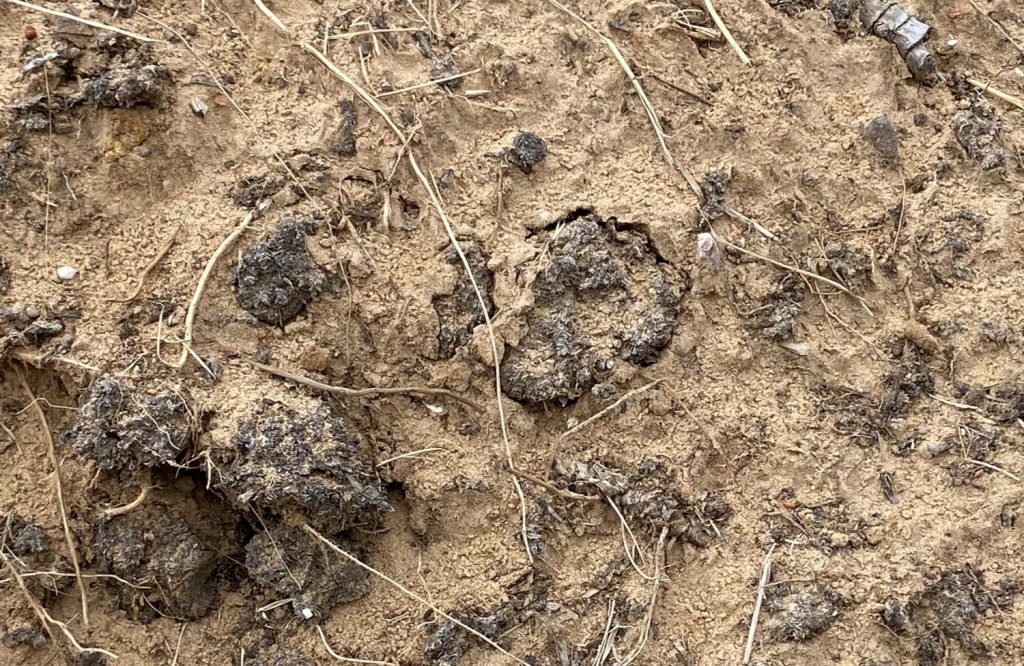
Use locally-sourced materials
If you must purchase soil amendments, try to source the materials locally since one of the goals of organic gardening is to reduce the impact we have on our environment.
Sourcing local materials allows you to garden more sustainably, enabling you to cut down on your carbon emissions by eliminating shipping costs.
Most farmers and ranchers will let you haul off manure for free. You may be able to source fish fertilizer or worm castings locally as well.
Mushroom plants, meat processors, and poultry processors usually have remnants left over that can benefit your garden’s soil.
Consider volunteering to rake your local park to use the leaves as mulch for your raised garden beds.
With a little creativity, you can repurpose a variety of organic materials to enrich your garden’s soil and make organic gardening much easier.
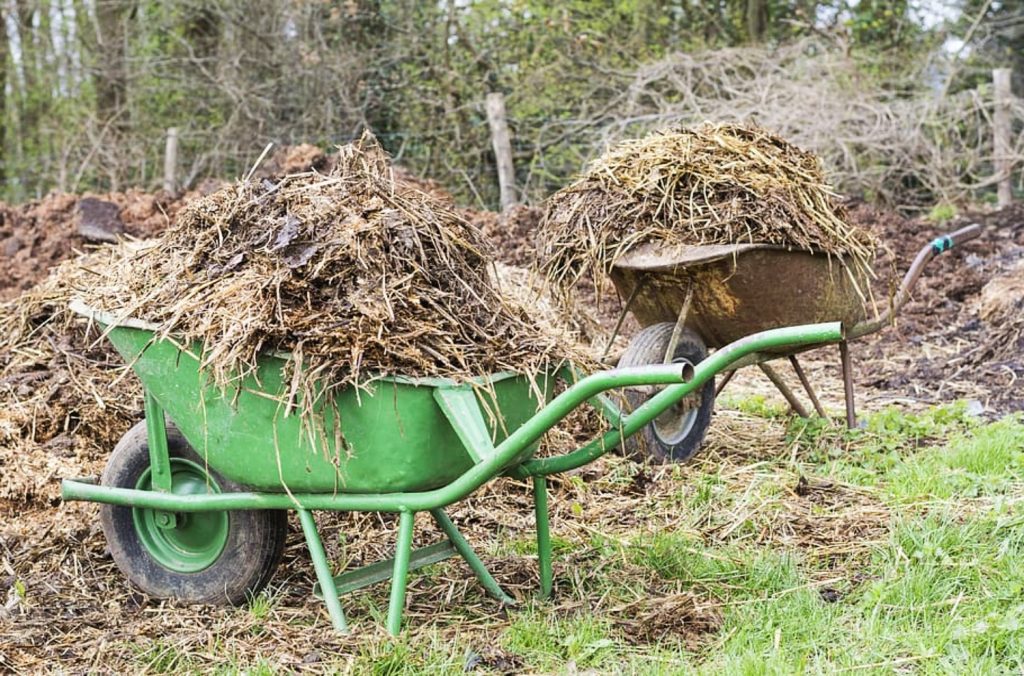
Compost, compost, compost
To cut down on the amount of waste your household produces, start a compost bucket.
Make your compost a 1:1 ratio of brown matter, including cardboard, dead leaves, and shredded paper, and green matter, including lawn clippings, vegetable peels, and rotting fruit.
We like to add rice water to our compost heap, along with other organic fertilizers, like feather meal, blood meal, and bone meal, to make it more nutritious.
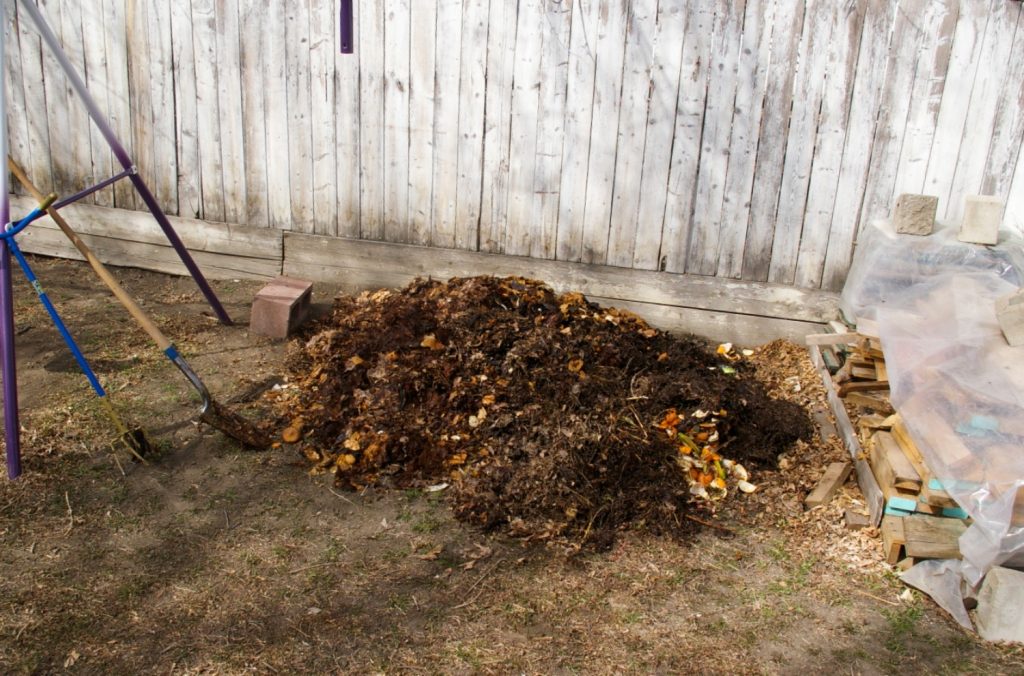
Test soil regularly and don’t overfeed
As you harvest produce from your garden, you inevitably steal nutrients from the soil. So, it’s important to add more organic fertilizers to your soil annually to replenish what was lost during the growing season.
That said, it’s equally important to test your soil before adding fertilizer to avoid over-feeding your plants.
Organic fertilizers can be good for your plants, but too much of them, and they turn to poison. You need to find just the right balance to ensure your crops get exactly what they need.
An at-home soil test kit will take the guesswork out of fertilizing and make organic gardening easier for you.
Make the most of mulch
Don’t skimp on mulch! You can use whatever you want— old hay, wood chips, leaves, even flattened cardboard boxes from all your online purchases. But, whatever you do, don’t skimp on mulch.
Mulch helps your garden’s soil retain more moisture, so your plants’ roots stay hydrated. It also acts as insulation, keeping roots cooler in summer and warmer in spring and autumn.
If you can’t find a good source for mulch, consider growing ground cover instead.
Parsley, chamomile, and cilantro are garden favorites, and they work well as living mulch, filling in the gaps between your crops without competing with them for nutrients.
Living mulch works in much the same way as organic mulch sources, with the added benefit of enriching the soil with plant matter as stems and leaves die back and are replaced with new growth.
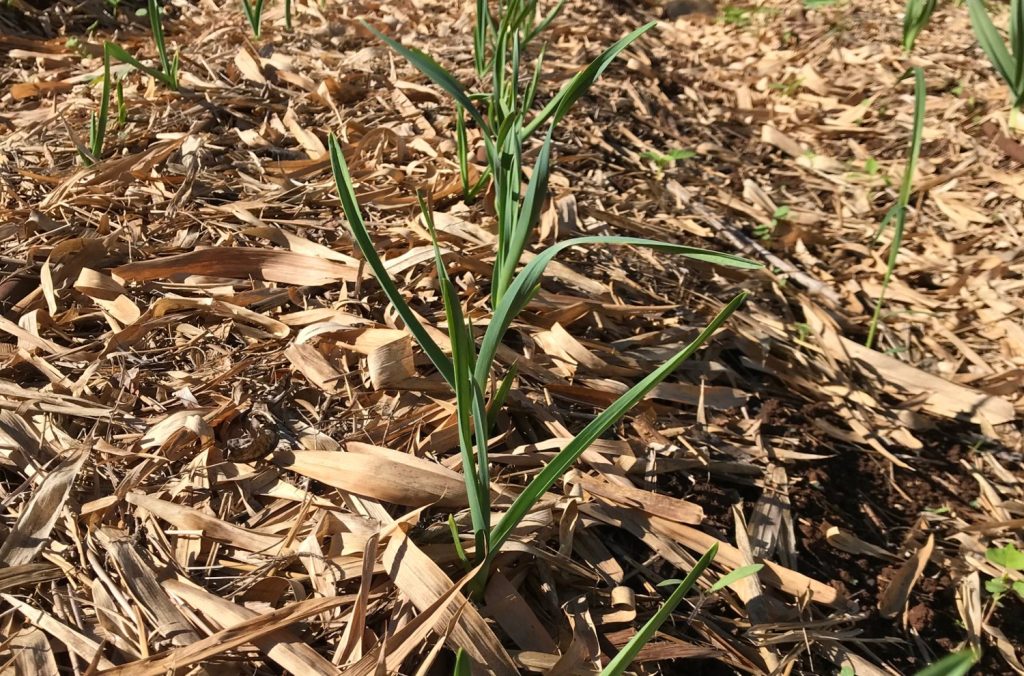
Grow companions
Companion planting takes a bit of planning. But when you sit down to lay out your garden plan for the upcoming season, remember to keep the right companions next to each other!
Certain plants just grow better together.
Plant a row of basil between rows of tomatoes and peppers. Basil is said to enhance the flavor of these nightshades and ward off the pests that like to prey on them. Meanwhile, tomatoes and peppers offer basil protection from the elements.
Plant your lettuce crop near mint and garlic. The strong-smelling herbs will ward off slugs naturally.
Whatever crops you plan to grow, be sure to research their preferred companions. Companion planting is a centuries-old practice that can make a world of difference in your garden’s performance.
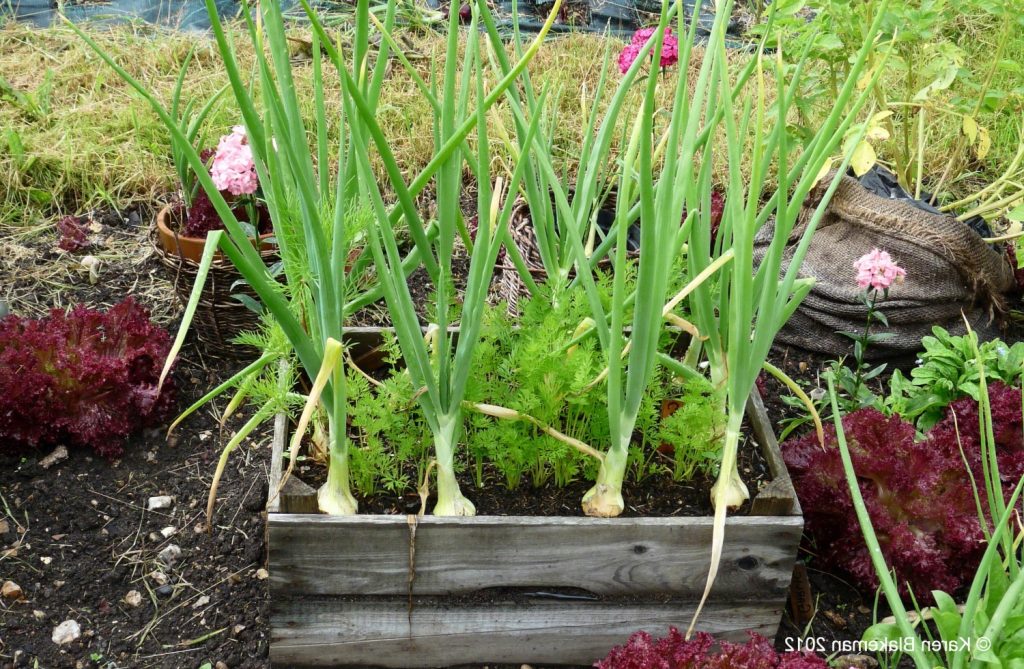
Rotate crops
Plants deplete the soil of certain nutrients as they grow. That’s just how it works.
However, other plants can replenish soil levels of lost nutrients. With the help of crop rotation, you can keep your soil in tip-top shape.
Leafy greens like spinach, pull nitrogen from the soil. But legumes, like peas, take nitrogen from the atmosphere and work it back into the ground.
Carrots have deep taproots that break up compacted soils. This benefits the tomato’s strong root systems, as they easily take hold in the loosened substrate.
In addition to companion planting, be sure to research crop rotation so you can help your garden heal after each season so it can continue to give you an abundant harvest year after year.
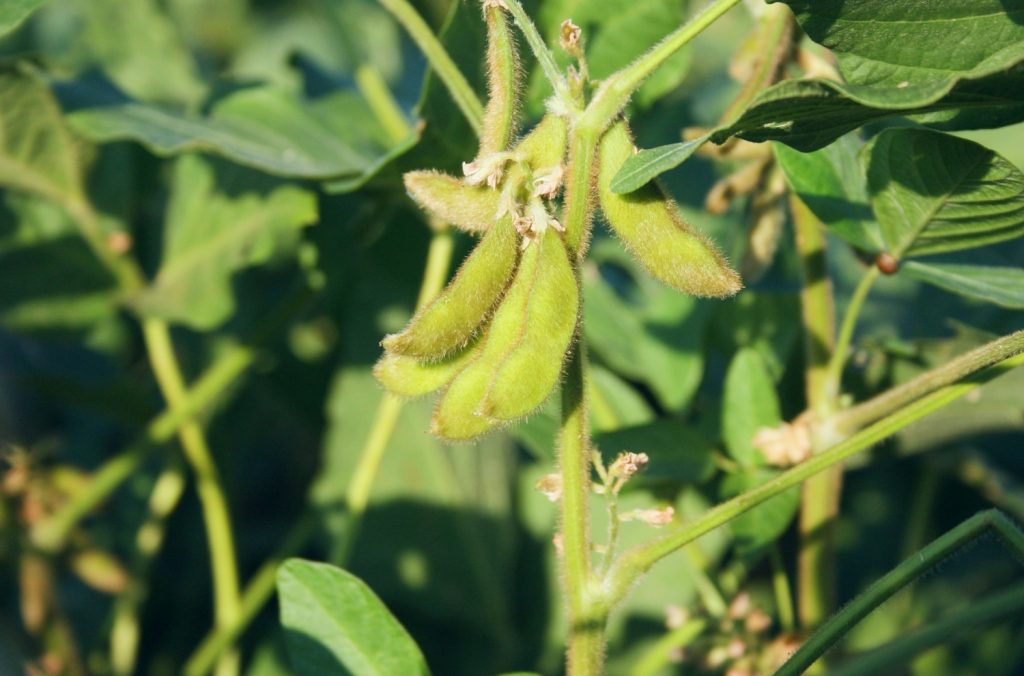
Harvest rainwater
Install a rain barrel at the end of your gutter to harvest rainwater, and use this to water your plants.
You’ll cut down on your household’s water usage. Plus, fruits and vegetables perform significantly better when watered with rainwater.
Rainwater is 100% soft, and slightly acidic, helping your garden’s soil stay in the 5.5 to 7.0 pH sweet spot that most plants prefer. What an easy way to enhance your organic garden’s health!
Work with wildlife
Gardening organically while also trying to prevent said garden from being destroyed by local wildlife can feel like trying to move a boulder uphill.
But you’ll spare yourself a headache if you learn to work with wildlife rather than against it.
If you’ve had past gardens destroyed by deer and rabbits, invest in motion-activated sprinklers, and plant tasty treats like sunflowers in another area of your yard to act as a trap crop.
Birds can be a gardener’s worst nightmare, pecking fruits off the vine before they ripen. On the other hand, birds are awesome for pest control.
Let the birds have free rein over your garden until the first buds form on your crops. Then, cover the crops with netting.
This way, the birds can keep pest levels down as long as possible, and by the time your crops begin to bloom, they won’t get the chance to destroy your harvest.
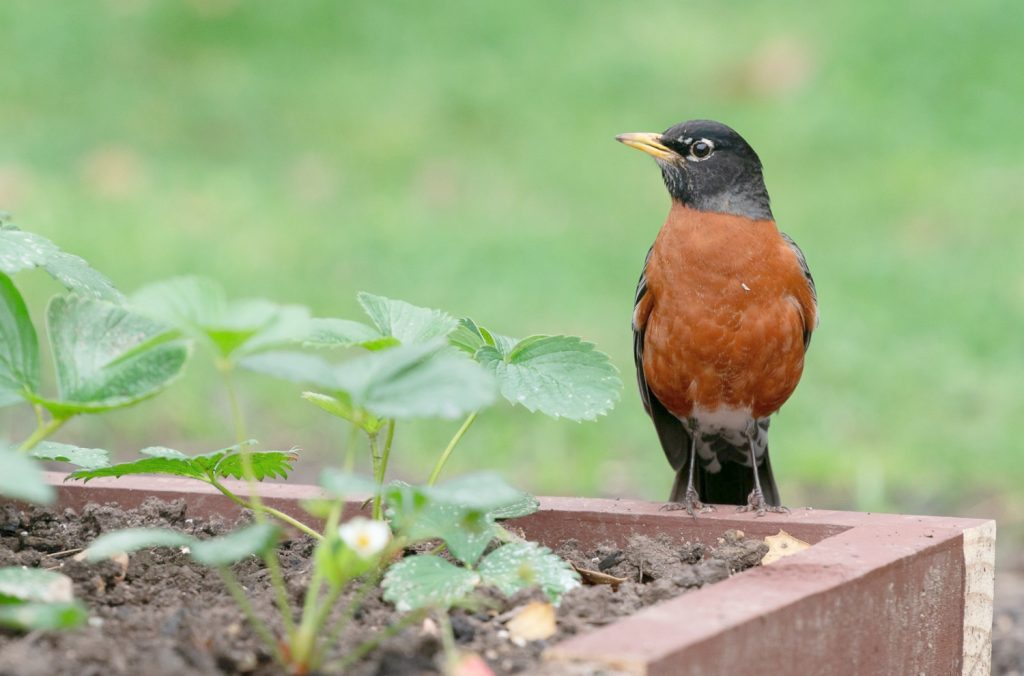
Release beneficial insects
Even though some garden favorites are self-pollinating, your organic garden will perform so much better when pollinated by outside sources.
We highly recommend releasing beneficial insects, like hoverflies, lacewings, and ladybugs in your organic garden.
Not only will these helpful critters increase pollination rates, resulting in a bigger harvest, but they will also scour your garden for pretty, keeping pest populations to a minimum.
Predatory wasps are another great choice. These bugs really double down on caterpillars, including cabbage loopers and armyworms.
The more beneficial insects you have in your garden, the happier your fruits and veggies will be!
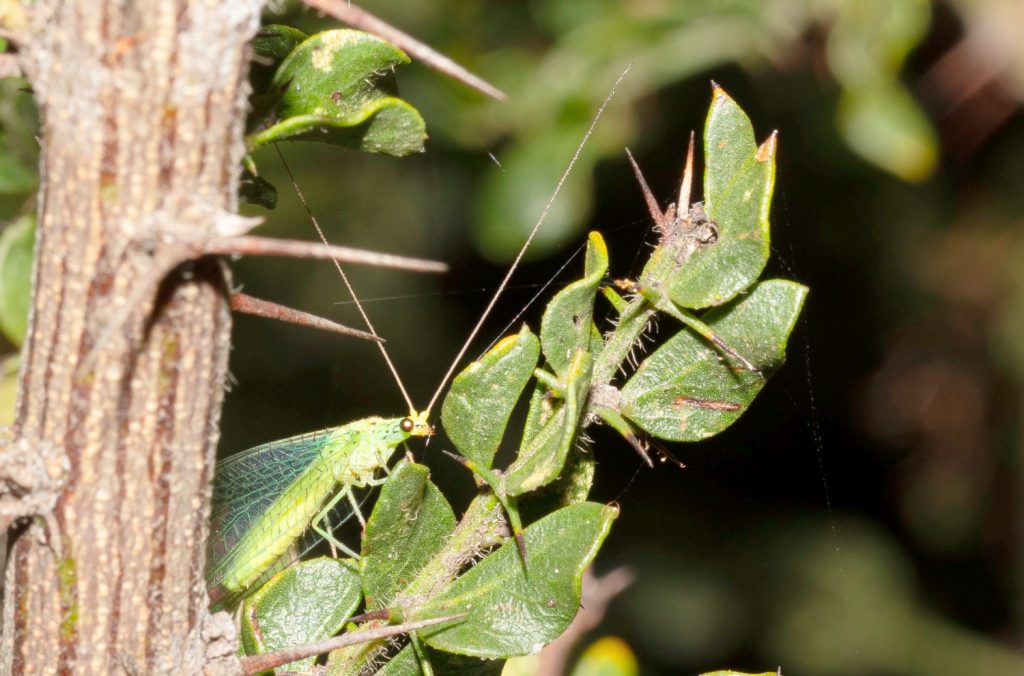
Go organic and get more out of your garden
Organic gardening doesn’t have to be difficult. With the help of these 12 common sense solutions, you can transform your traditional vegetable garden into an organic oasis that benefits local pollinators, supports the environment, and produces delicious fruits and vegetables that your whole family will love.
